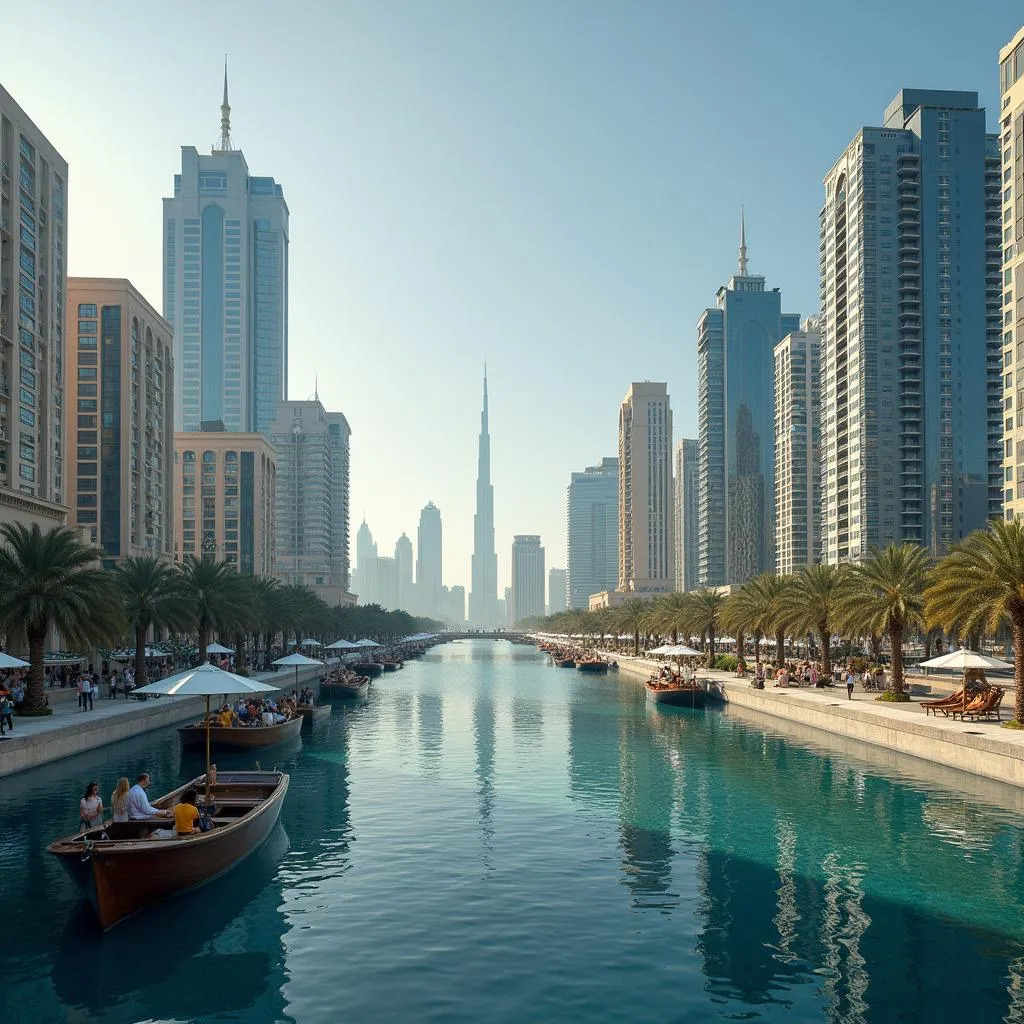
Saudi Arabia’s Public Investment Fund has sharply raised its assets under management target for 2030 to $2.67 trillion, marking a significant 43 per cent jump from its earlier ambition of $1.87 trillion. The strategic move follows the sovereign wealth fund surpassing its asset milestone for 2023, underlining its growing influence as a key pillar of the Kingdom’s economic transformation efforts.
According to the latest figures released as part of the government’s Vision 2030 update, PIF’s assets reached $941.3 billion last year, exceeding its stated target of $880 billion and showcasing an extraordinary 390 per cent increase compared to 2016. The fund, chaired by Crown Prince Mohammed bin Salman, is tasked with steering the country’s economic diversification away from oil dependency, bolstering sectors such as tourism, entertainment, and technology.
The revised asset goal aligns with Saudi Arabia’s intensified efforts to establish itself as a global investment powerhouse. Analysts note that the sharp upward revision demonstrates PIF’s confidence in sustaining rapid expansion through a combination of domestic projects and overseas investments. Yasir Al-Rumayyan, Governor of PIF, highlighted that the fund’s performance “underscores our commitment to Vision 2030, delivering impact across key sectors and creating long-term value for future generations.”
Central to PIF’s strategy is its wide-ranging portfolio expansion, which has included high-profile acquisitions and partnerships in fields as diverse as electric vehicles, sports, and infrastructure. Over the past year, the fund took significant stakes in Lucid Motors, gaming companies such as Embracer Group, and major sporting ventures like LIV Golf. These moves, industry experts observe, are designed to place Saudi Arabia at the crossroads of emerging global industries.
The fund’s annual report disclosed that more than 90 companies have been established under its ownership to drive growth in local industries and services. Among the flagship projects are NEOM, the $500 billion futuristic city, and Qiddiya, an entertainment and tourism megaproject. The report emphasised that such initiatives are not only economic catalysts but also pivotal in generating employment, with PIF-backed ventures creating over 644,000 direct and indirect jobs by the end of 2023.
Internationally, PIF has been intensifying its presence in developed markets, particularly the United States and Europe. It has broadened its investments in equity markets, technology start-ups, and real estate. By leveraging partnerships with established global players, the fund aims to transfer knowledge, stimulate innovation, and reinforce the Kingdom’s emerging industries. In a statement accompanying the report, Al-Rumayyan stressed the importance of “strategic, sustainable investments that align with Saudi Arabia’s national interests and global economic trends.”
Financial analysts interpret PIF’s asset growth trajectory as both ambitious and attainable, given the Kingdom’s oil revenues and the government’s ongoing commitment to funneling surplus earnings into sovereign wealth initiatives. Brent crude prices averaging above $80 per barrel have significantly bolstered fiscal reserves, providing ample resources for the fund’s expansionary agenda.
Nevertheless, some experts caution that the pace of growth could face headwinds from volatile global markets, geopolitical uncertainties, and the complex logistics of mega-projects like NEOM. There are also concerns about the execution risks inherent in transitioning from capital-heavy investments to sustained operational returns. “The sheer scale of the PIF’s ambition is unprecedented. Success will hinge on agile management and disciplined investment,” said Karen Young, a senior research scholar at Columbia University’s Center on Global Energy Policy.
Despite the challenges, the fund’s operational model is being fine-tuned to ensure resilience and transparency. The report noted improvements in governance structures, risk management frameworks, and sustainability practices. PIF has integrated environmental, social, and governance criteria across its portfolio and launched initiatives such as the Saudi Green Initiative to contribute towards global climate goals.
The expansion of PIF’s financial clout has broader geopolitical implications as well. It positions Saudi Arabia as an increasingly influential player in global economic affairs, capable of wielding soft power through strategic capital deployment. The fund’s investments are seen as vehicles for enhancing bilateral relations, accessing new technologies, and securing diversified returns to fortify the Kingdom’s financial future.
Vision 2030’s annual report detailed that PIF’s growing assets are part of a broader national strategy aimed at boosting the non-oil sector’s contribution to GDP from 16 per cent to 50 per cent by the end of the decade. Economic diversification, youth employment, and innovation are at the heart of these efforts, with the fund serving as both financier and facilitator of systemic change.
Looking ahead, PIF is poised to continue its expansion through several announced initiatives, including a planned second international office in New York, complementing its existing presence in London and Hong Kong. Future plans also involve setting up new sector-specific funds to target industries such as healthcare, education, and renewable energy.


